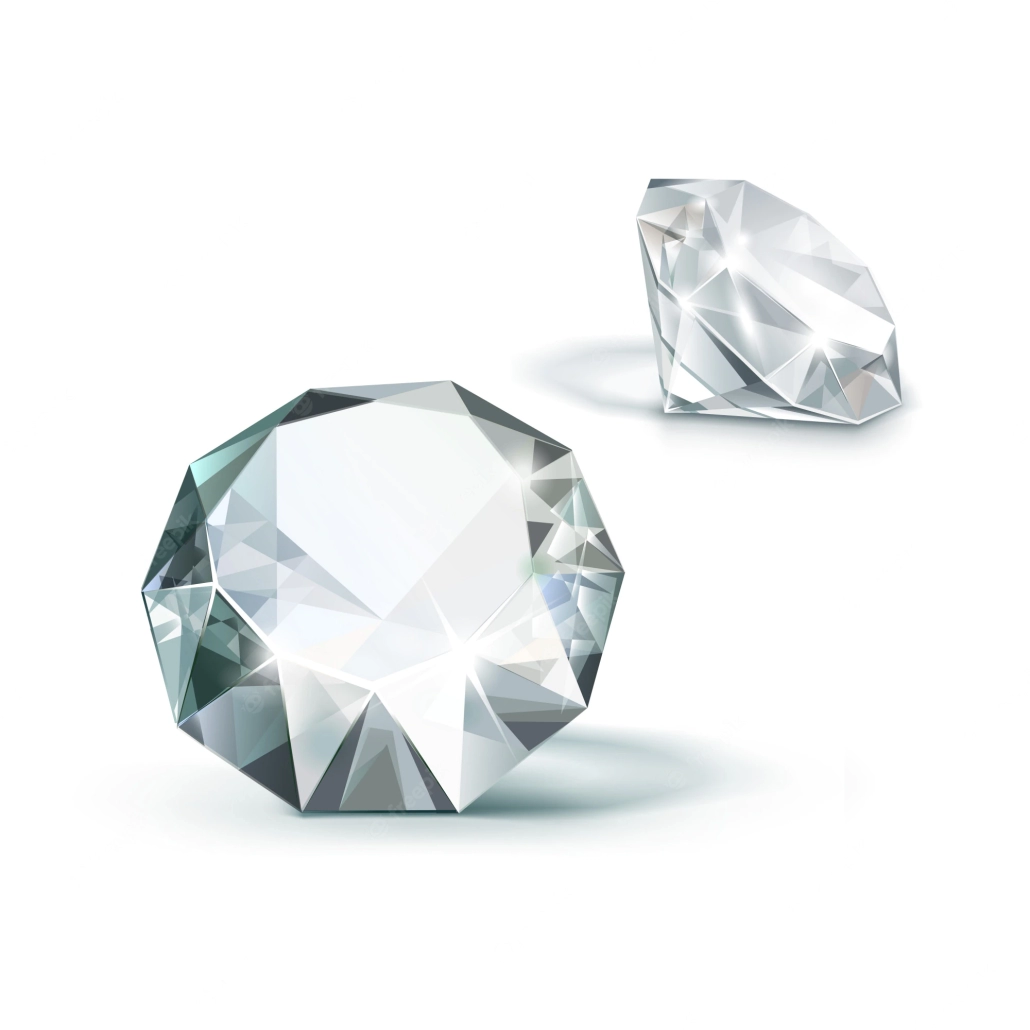How Diamonds Are Formed
Learn more about the creation of Diamonds
Diamonds are the most valuable and sought after of all the precious stones. They are the hardest and most durable of all gemstones, making them the perfect choice for engagement rings, wedding bands, and other special pieces of jewelry. But how are diamonds formed?
Diamonds are formed deep within the Earth’s crust, over millions of years of extreme pressure. The process begins when carbon-containing compounds, such as graphite and methane, are exposed to intense pressure and heat. This causes the carbon molecules to break down and bond together in a new way, forming diamonds.
The pressure and temperature conditions necessary for diamond formation are only found at depths of more than 150 kilometers below the surface. This means that diamonds are formed under extreme conditions, in the Earth’s mantle. The mantle is made up of solid rock that is made up of different minerals. The temperature and pressure of the mantle cause the carbon molecules to bond together and form diamonds.
Diamonds are also formed in other ways. In some cases, an existing diamond is subjected to intense pressure and heat, causing it to break down into individual carbon atoms and reform into a new diamond. In other cases, diamonds are formed in meteorites, which are pieces of rock that were ejected from the Earth and eventually cooled and solidified in space.
Diamonds are also formed in volcanoes. Volcanic eruptions can bring magma to the surface, where it cools and solidifies. This magma can contain diamonds, which are formed by the intense pressure and heat of the eruption.
Diamonds are composed of pure carbon, and the quality of the diamond is determined by the size and shape of its crystals. The purer the carbon, the more perfect the diamond will be. In addition, the color of the diamond is determined by the presence of impurities, such as nitrogen and boron, in the diamond’s structure.
Diamonds are highly valued and sought after due to their unique properties. They are the hardest and most durable of all gemstones, making them the perfect choice for engagement rings, wedding bands, and other valuable jewellery items.

